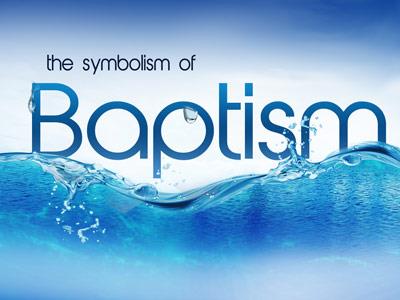-
Conceptual Imagery Of The Tabernacle For Psychology And Counseling # 4 Series
Contributed by Harold Jenkerson on Mar 10, 2009 (message contributor)
Summary: The tabernacle/temple is God’s model for developing an understanding of the Christian.
III. Nine Areas of Biblical Knowledge taken from the Tabernacle and Used for Psychology or Counseling
The two biblical ontologies which compose the individual must be understood in order for effective counseling to take place. To not understand these two ontological systems would be comparable to a person proclaiming themselves to be a mechanic, but never having studied the construction of the vehicle.
The first ontological system is composed of “soul, physical body, and spirit.” The book of Proverbs builds it message upon this system and reveals the impact that each entity has upon the other two. When one entity breaks down, it has a domino effect on the wholeness of the system causing it to collapse.
The second ontological system, which is the soul or inner person, is composed of the “mind, conscience, heart, and will.” These terms come to us through the biblical Greek vocabulary. To study this system in the OT the Hebrew word lev/levv translated into English as “heart” will be the word studied. The concepts of “mind, conscience, heart, and will” will be found in the Hebrew word and the particular entity referred to can be determined by the context.
Both systems of ontology are modeled in the tabernacle and that brings us to seeing the “conceptual value of the tabernacle in counseling.” Nine areas of study will be briefly focused upon to establish the thesis that there is conceptual value in the tabernacle for psychology and counseling.
1. The Ministry Within the Tabernacle Reveals How We Draw Near to God
The ministry within the tabernacle has long been known to reveal the ministry of Jesus Christ. Jesus is the High Priest. He is the Lamb of God. Since man was created in God’s image according to His likeness it becomes evident in NT teachings by the early church writers that they carried this teaching over into a spiritual application to the believer.
The writer of the letter to the Hebrews used the imagery of the tabernacle to establish the concept of drawing near to God and that Jesus as the High Priest is waiting in the holy place to receive us into fellowship and dialogue. The writer referred to this drawing near as the “renewed new and living way.” That way is revealed in the order of the ministry in the tabernacle.
The eight steps in the tabernacle ministry will be followed using NT references that reveal the spiritual applications by the NT writers to the believer. These eight steps constitute a biblical foundation for developing psychological studies and become the biblical foundation for solving or resolving any problem which one encounters in life. Each step has a divine/human spiritual application revealing the intimacy which the individual has with God.
A. Bring an Offering: presenting oneself unto God (Rom12:1).
B. Altar of Burnt Sacrifice: dying to Self (1 Cor 15:31).
Ultimate death to Self occurs when we come to Christ and commit ourselves to His will. There is a cross/burial/resurrection experience at this point. We become a new creation. We also become a priest or caretaker of our tabernacle/temple.
C. Laver: cleansing by the washing of the word of God (Eph 5:25).
Cleansing one’s self of wrong thoughts is accomplished by reading/hearing the word of God. This process of cleansing is identified in the NT as “sanctification.” It is a continuous daily action.
The outer court explains the NT teaching of “sanctification,” which is the primary ministry of the Holy Spirit, and the primary ministry of the believer operating through and in the realm of their spirit to set themselves apart from selfishness, the world, and Satan.
D. Lampstand: self-image and self-esteem (Rom 8:29; 1 Cor 15:49; 2 Cor 3:18; Col 3:10).
Self-image and Self-esteem are determined by how we perceive ourselves. The right self-image which we should hold to is God’s view of the “wholeness and completion” of us. We can only have the right self- image and right self-esteem by viewing ourselves in the light of God’s word. The biblical self-image as God sees us is revealed in Song of Songs 6:4, “you are beautiful, lovely, and awesome!”
E. Table of Shewbread: develop Christ-like attitudes in the midst of our trying circumstances (Mat 5:3-12; Joh 6:50-58; 1 Cor 10:21; Heb 13:10).
We develop Christ-like attitudes by feasting on the presence of Christ in the midst of our trying circumstances. Our attitudes are shaped by our circumstances.
F. Golden Altar of Incense: presenting our requests unto the Lord (1 T / Philippians Communications/Talking: We usually contribute to this altar the spiritual of praying. However, it takes in all communications for in the midst of all communications coming out of our inner being is our conversation with God.
G. Ark: Listening for the voice of the Almighty as He responds to our requests. Hebrews 3: Communications/Listening: The skill of listening is not easily required. Neither in the physical realm, nor in the earthly realm. As we stand before the throne of grace (the ark) we hear the voice of Christ speaking to us. That which Christ will speak to us about will be in relationship to the prayers that we offered up unto Him. His voice is heard coming out of the midst of our prayers.

 Sermon Central
Sermon Central



